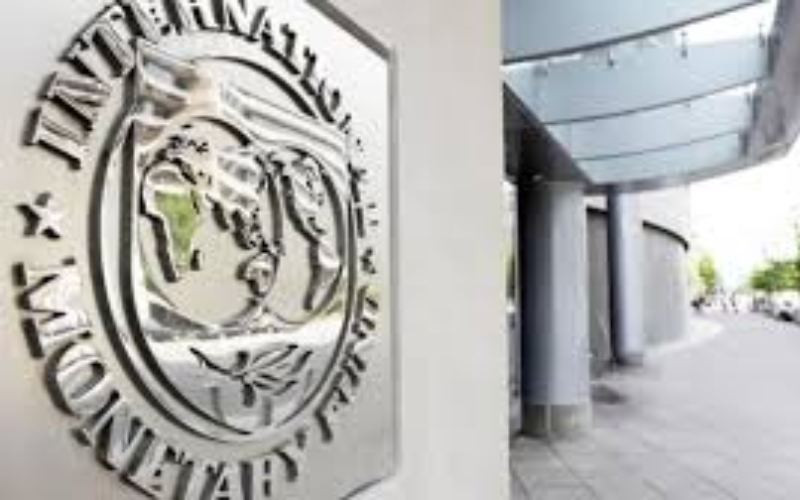Kenya’s tax system assumes that we can minimise inequalities in tax collection by making those with high income pay more than those with less.
However, a better way to look at it would be raising public expenditure for economic development, and deepening of social services like education and health to strengthen the position of weaker members of society.
Those with higher incomes work harder, are creative and generate jobs. Overtaxing them takes away money they could have reinvested to create more jobs for others.
Besides, the government’s policy must be to collect as much taxes as possible to avoid heavy borrowing. This enables it to service existing loans and support social expenditure.
What we need is a balanced tax system that is equitable in the collection. We need to justly and fairly collect taxes from all entities as required by law. The major problem in Kenya is tax non-compliance.
One of the most difficult taxes to collect is excise duty - a levy on products such as tobacco, alcohol, e-cigarettes, cosmetics, soft drinks, juices and water.
Effective systems
Excise duty is a significant source of government revenue and can be used to deter consumption of unhealthy goods, which is why it is commonly referred to as ‘sin tax’. The problem with this levy is not the rate charged but how it is assessed and collected.
However, there is a correlation between the tax rate charged and tax assessed and collected.
One would expect that tax rates reduce whenever the authorities design and implement effective systems that close collection gaps, thus increasing revenue.
Fully automated tax systems are better than manual ones as they provide an intelligent system in tax administration. Automated tax systems ensure full compliance and reduce the associated costs.
The Oklahoma Policy Institute in the US states that a “good tax system should meet five basic conditions: fairness, adequacy, simplicity, transparency and administrative ease”.
Automation of the tax system brings fairness because everybody pays the correct tax, increases transparency and makes tax administration easier.
We should support KRA as it implements automated tax systems such as iTax, iCMS and the Excisable Goods Management System (EGMS). KRA argues, for example, that EGMS will reduce problems with tax compliance.
It will also improve the efficiency of tax collection. We have seen fierce opposition to the EGMS, which is expected but surprising nonetheless.
Stay informed. Subscribe to our newsletter
This is expected because those who were used not to paying full tax will be forced to comply.
Even within KRA, some are opposed to EGMS since the system is likely to deny them the rent-seeking that had been possible before its introduction. This is one of the issues that automation of the tax system addresses.
Resistance to EGMS is surprising because of the underlying argument that the manufacturing sector needs to be in a position to sustainably produce goods and services while creating productive jobs.
It is similar to the argument made in the past that computers take away jobs. Efficiency associated with computerised systems translates to savings that can be invested productively.
EGMS is technology-driven and consolidates valuable economic information that can be used by the government.
Substantial increase
Countries that have implemented similar systems have experienced a substantial increase in tax revenues.
This can be traced to enhanced accountability, transparency and integrity. Similarly, such a system correctly identifies the taxpayer, supports proper invoicing and flags tax defaulters.
We need an excise tax system that enhances tax revenue and is based on cost-benefit analyses.
However, the system should not undermine honest manufacturers through adverse exposure.
If KRA can successfully implement EGMS, it will increase the number of taxpayers paying their fair share of taxes, remove interference and enable State agents and consumers to verify excisable products in the market.
More taxes mean more revenue. An increase in tax collection, in the long run, opens up a window for the tax rate reduction.
KRA has for years been missing tax collection targets largely due to factors not of its making. It could be that the targets set have been based on low-quality data.
With the introduction of new systems such as iTax, iCMS and EGMS, the taxman will be able to adequately capture quality data useful in tax forecasting, as well as supporting the understanding of market dynamics.
This would portend a myriad of benefits for the country, including supporting planning.
The writer teaches at the University of Nairobi
 The Standard Group Plc is a
multi-media organization with investments in media platforms spanning newspaper
print operations, television, radio broadcasting, digital and online services. The
Standard Group is recognized as a leading multi-media house in Kenya with a key
influence in matters of national and international interest.
The Standard Group Plc is a
multi-media organization with investments in media platforms spanning newspaper
print operations, television, radio broadcasting, digital and online services. The
Standard Group is recognized as a leading multi-media house in Kenya with a key
influence in matters of national and international interest.
 The Standard Group Plc is a
multi-media organization with investments in media platforms spanning newspaper
print operations, television, radio broadcasting, digital and online services. The
Standard Group is recognized as a leading multi-media house in Kenya with a key
influence in matters of national and international interest.
The Standard Group Plc is a
multi-media organization with investments in media platforms spanning newspaper
print operations, television, radio broadcasting, digital and online services. The
Standard Group is recognized as a leading multi-media house in Kenya with a key
influence in matters of national and international interest.








